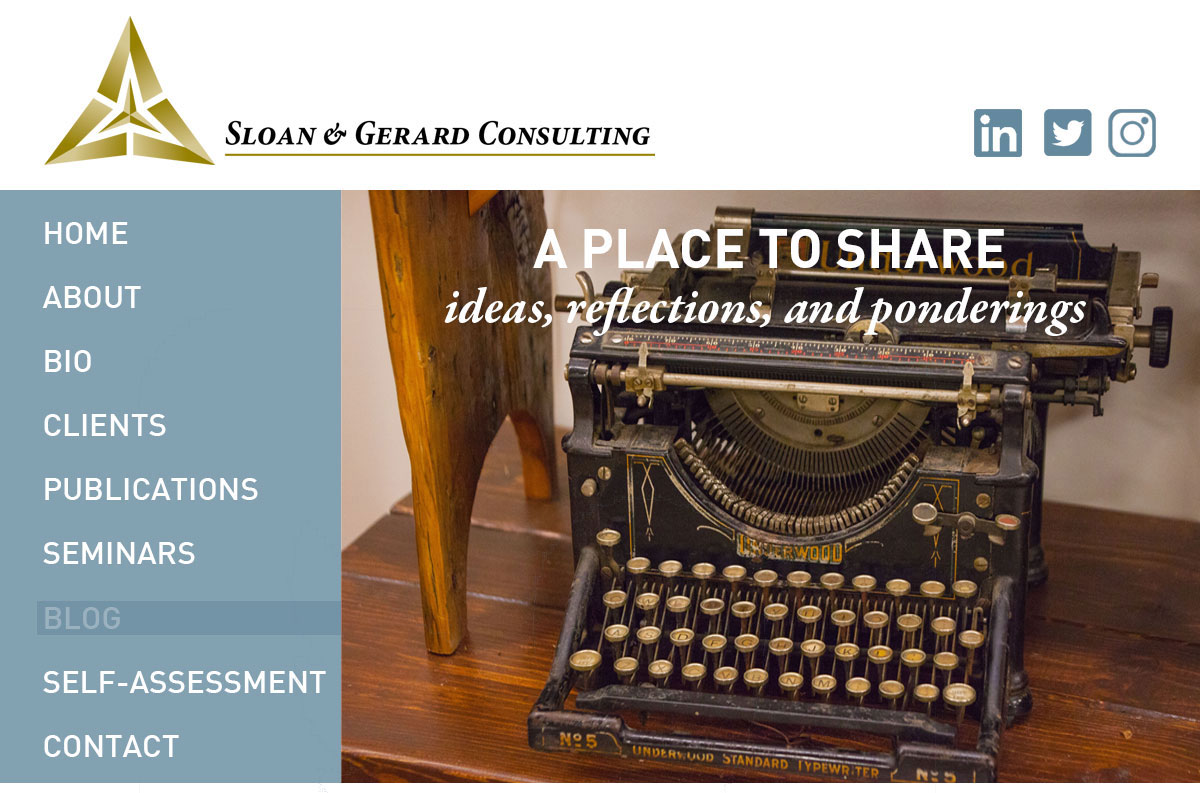Sometimes, when leading others, “breakthrough” is in order. This is not a simple “Aha!” moment, where an employee suddenly understands something they had failed to comprehend before. Rather, this is a wholesale change in attitude and approach, without which the employee will fail. Breakthrough is a process with steps, listed here in a reasonably logical order, with the caveat that life sometimes is messier than this:
Step one: Define intentions, both the organization’s and the leader’s. Identify the opportunities, gifts and competency gaps of the employee. People are both the source of their problems and the solution to them. Conversation about this requires being firm and direct about their gifts and their gaps. Such candor requires courage and resolve for the leader, but must occur if change is to take place.
Step two: Change the environment and expectations, and redefine what is possible. You must disturb the peace! This can be a little scary for people going through breakthrough. At this point, things start feeling a little strange, a little different, and unpredictable. It’s a bit like driving into a new city with no map, no GPS, and trying to find your way around without embarrassing yourself or worse, getting lost. This is uncomfortable and unsettling. But it is a necessary part of the process.
Step three: Challenge the discovery of new strength, by stretching and expanding limits. Begin experimentation, testing new limits. This “stretching” process will change thinking patterns, helping to create new habits and approaches to the work. It might even create a mess. But where is it written that everything needs to be neat and tidy? Perhaps the human creative process requires a bit of creative mess to keep things interesting. This is where change begins to anchor so that it can sustain.
Step four: Pick a concrete goal, and expect…no, demand action. Action creates traction! Momentum counts as you help others change. Without action, there will be no change and therefore no new results. The leader must be present, in the moment, and must be able to tell the difference between what matters most, and the mindless, ego-centric chatter that comes from the competition for control. Focus on what matters most for those you coach. Insist that they take action.
Step five: Map out a new future. Through action and experience, people will change their understanding about who they are, what their work is, and how they go about doing that work. This is an “inside job”, and no one can do it for another. But you can help map it out using goals, action plans, approaches, etc. Without tenacity, anything done to create new approaches will be temporary at best, eroding as they reenter their familiar environments and daily actions.
Step six: Create new habits to build momentum. This is the “lock- in” phase, where behavior repetition fosters habits, and then habits become how things are done every day without a lot of conscious thought or deliberation. Breakthrough has occurred and is now who the person is, with no further need to reinforce or focus on it.
Breakthrough is most intense when driven from within, rather than imposed from outside.
